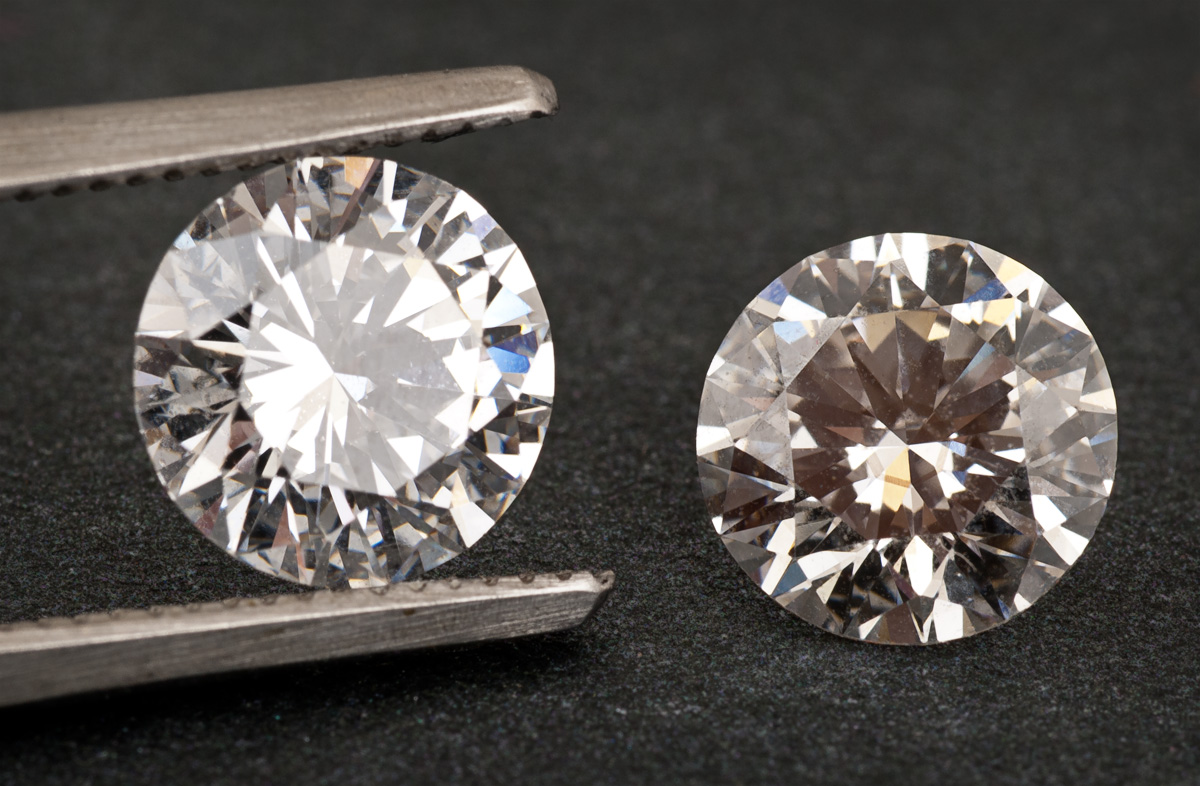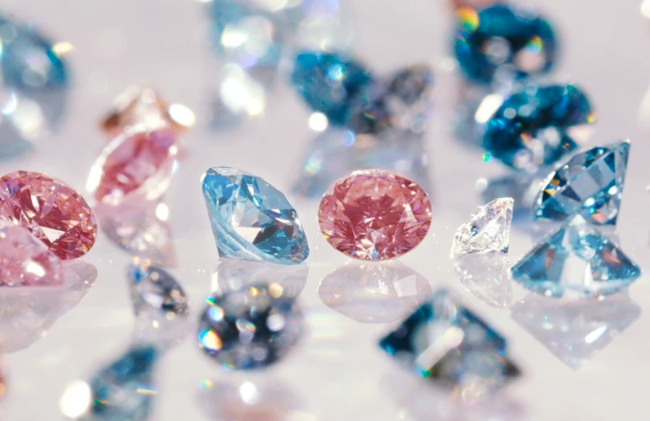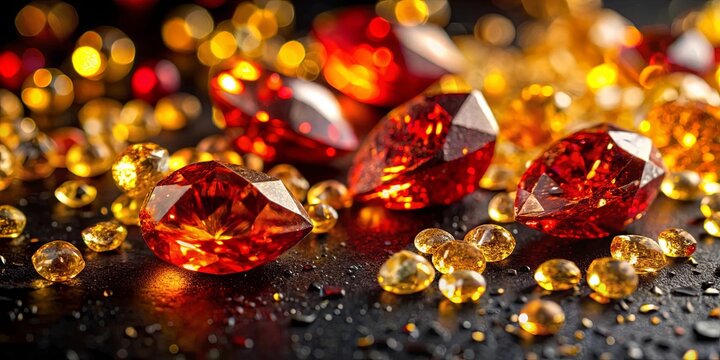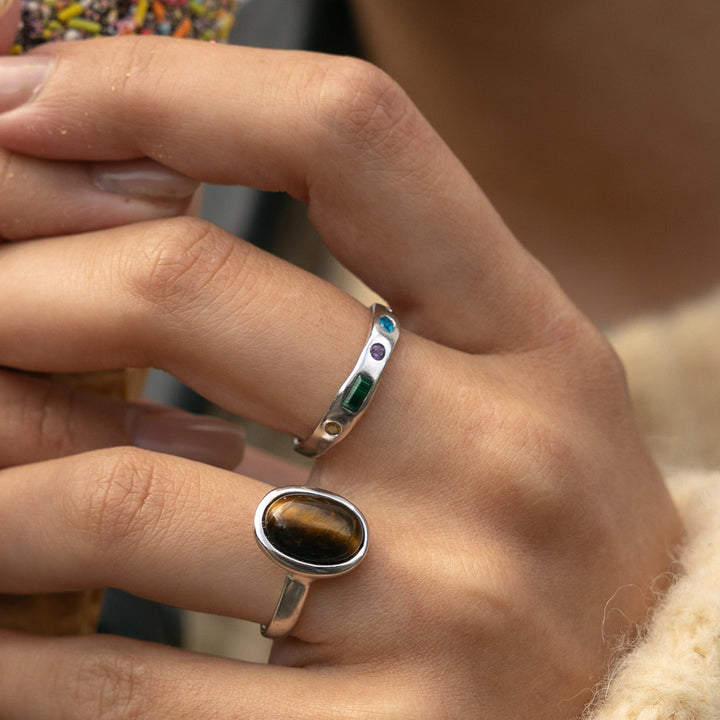
With regards to picking carat labordiamanten, figuring out the 4Cs — Carat, Variety, Lucidity, and Cut — can have a significant effect. These fundamental standards not just characterize the quality and worth of a precious stone yet additionally assume a urgent part in guaranteeing that you track down a gemstone that lives up to your assumptions. In this extensive aide, we will dive into every one of these viewpoints exhaustively, giving you significant bits of knowledge to go with an educated choice.
1. Carat Weight: The Underpinning of Jewel Worth
The carat weight of a precious stone is perhaps of the most direct yet critical calculate deciding its worth. A carat is a unit of estimation comparable to 200 milligrams. The more carats a jewel has, the bigger and more important it for the most part is.
Understanding Carat Weight
Carat and Size: While carat weight gives a sign of a jewel’s size, it’s memorable’s essential that two precious stones with a similar carat weight can seem different in size because of varieties in shape and cut.
Cost Per Carat: The cost of a jewel builds with its carat weight, yet this isn’t straight. Precious stones of 1 carat or more frequently see a huge ascent in value because of their unique case.
Picking the Right Carat Weight
While choosing the carat weight, think about the accompanying:
Spending plan: Offset your financial plan with your ideal size. Bigger precious stones are more costly, so you could have to change your assumptions in view of what you’re willing to spend.
Setting: The kind of setting can influence how huge the jewel shows up. A very much planned setting can make a more modest jewel look more significant.
2. Variety: Reviewing the Precious stone’s Shade
The shade of a precious stone is evaluated on a scale from D to Z, with D addressing dry and Z showing observable variety. The less variety a jewel has, the more significant it is seen to be.
Variety Reviewing Scale
D-F (Dry): Jewels in this reach are totally boring, offering outstanding splendor and shimmer.
G-H (Close Boring): These precious stones might show a slight tint when seen under amplification yet by and large seem vapid to the unaided eye.
I-J (Faint Tone): These diamanten 4Cs have a sprinkle of variety yet can in any case be a decent worth, particularly on the off chance that the variety isn’t observable in many settings.
Choosing the Right Tone
Individual Inclination: Pick a variety grade that suits your taste and the metal of the setting. For example, jewels set in yellow gold may not show as much tone contrasted with those set in white gold or platinum.
Perceivability: Consider how the jewel will be seen. Assuming it is set in a great setting that limits variety discernment, a precious stone with a marginally lower variety grade might in any case look dazzling.
3. Clearness: The Immaculateness of the Precious stone
Clearness alludes to the presence of interior or outside defects, known as considerations and imperfections, separately. The lucidity of a precious stone effects its general splendor and worth.
Lucidity Reviewing Scale
Impeccable (FL): No inward or outside blemishes are apparent under 10x amplification.
Inside Faultless (IF): No interior defects are apparent under 10x amplification, yet a few outside imperfections might be available.
Somewhat Included (VVS1, VVS2): Incorporations are very hard to distinguish under 10x amplification.
Somewhat Included (SI1, SI2): Considerations are recognizable under 10x amplification yet may not be apparent to the unaided eye.
Included (I1, I2, I3): Considerations are apparent to the unaided eye and may influence the precious stone’s splendor.
Picking the Right Clearness
Perceivability: Settle on the lucidity grade in light of the amount you esteem the shortfall of defects. For most purchasers, precious stones with SI1 or SI2 lucidity offer an astounding equilibrium between worth and appearance.
Financial plan Contemplations: Higher lucidity precious stones are more costly. Assuming you are thrifty, consider precious stones with minor incorporations that don’t influence their general appearance.
4. Cut: Making the Precious stone’s Splendor
The cut of a precious stone is seemingly the most basic variable impacting its brightness and shimmer. It alludes to how well the precious stone has been formed and faceted.
Cut Quality
Superb: The jewel mirrors practically all light that enters it, offering outstanding splendor.
Awesome: Mirrors generally light and shows solid brightness, yet with slight contrasts contrasted with a Great cut.
Great: Mirrors some light and shows adequate brightness, however not generally so clear as higher grades.
Fair: Mirrors less light and may seem dull or less shimmering.
Poor: Mirrors insignificant light, fundamentally influencing the precious stone’s brightness.
Choosing the Right Cut
Balance and Extents: Guarantee the precious stone’s features are all around adjusted and proportioned to augment its splendor.
Individual Inclination: Consider the shape and style of the precious stone that requests to you, whether it’s round, princess, or one more cut. Each shape has different cutting norms and influences the jewel’s radiance in special ways.
Conclusion: Tracking down Your Ideal Precious stone
Picking the ideal jewel includes understanding the 4Cs and how they transaction to decide the gemstone’s general quality and worth. By zeroing in on Carat, Variety, Clearness, and Cut, you can settle on a very much educated choice that suits your own taste and financial plan. Whether you’re buying a wedding band or a dazzling piece of gems, having an exhaustive handle of these key components will guarantee that you select a jewel that surpasses your assumptions and endures over the extreme long haul.






